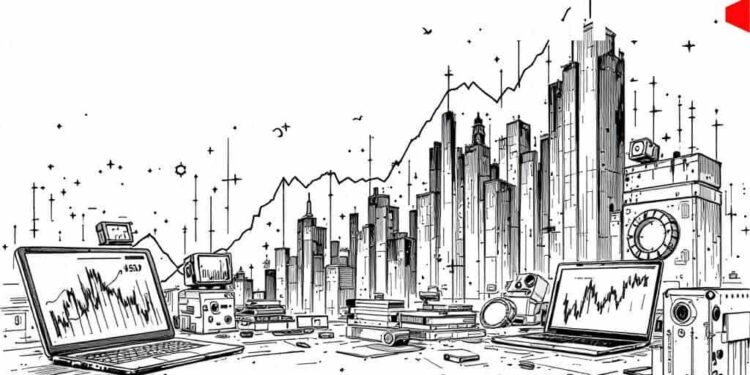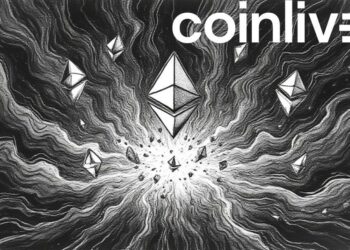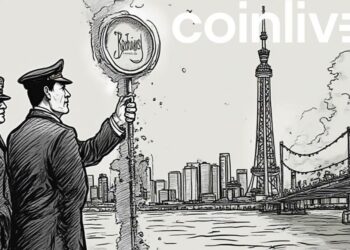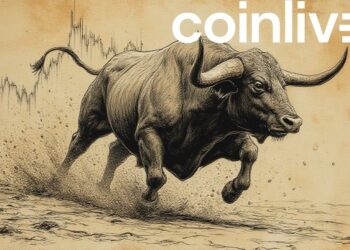TRENDING
Bitcoin Scam Myth Analyzed Through Prospect Theory
December 18, 2025
Bitcoin Faces Decline Post $90K Resistance Rejection
December 18, 2025
Binance US Plans 2025 Relaunch Amid Leadership Changes
December 18, 2025
X’s New Terms Allow Permanent Use of User Data
December 18, 2025
Deribit and SignalPlus Competition Exceeds $11 Billion Volume
December 18, 2025
Next
Prev
Market Analysis
Ethereum Foundation, Whales Drive $500M ETH Sell-Off
Ethereum's $500M ETH sell-off driven by Foundation's sales, whale activity, hacker liquidations.
South Korea Halts Crypto Lending Amid Volatility Concerns
South Korea's FSC orders suspension of crypto lending services, impacting major exchanges.
Ethereum Eyes $9,600 Target Amid Institutional Interest
Ethereum's price may reach $9,600 following institutional investments and market trends.
Veteran Analyst Discusses Bitcoin’s Lack of Price Surge
Veteran analyst provides insights into Bitcoin's stagnant price despite ETF trends.
Coinbase CEO Claims Traditional Finance Is Broken
Brian Armstrong, CEO of Coinbase, emphasizes the broken traditional financial system and highlights the younger generation's shift to cryptocurrencies.















